There is a distinct purpose in my summer wanderings over the mountains and rivers of central Utah. Utah is a dry place and amphibians have never been common, but the last hundred years have turned the uncommon into the rare. Wetlands have been extensively drained as waterways are straightened and diked and dammed. The irrigation ditches are loaded with extra nutrients from fertilized runoff along with the discharge of water treatment plants. Spring melt is stored in large reservoirs rather than performing its yearly cleansing of silted creek beds. Foreign species have invaded; Bullfrogs from the east, predacious fish from Europe and Asia, and a particularly nasty African fungus which eats the proteins in the skins of amphibians.
My job is to keep track of the battle lines as the native toads and frogs are driven back. Of particular interest is the Boreal Toad sometimes called the Western Boreal Toad. This adorable creature lives in beaver ponds above 7,000 feet and as high as 10,000 feet. In the hundreds of lakes in the Wasatch front mountains and the foothills of the Uintas we have exactly three known populations of toads remaining. I spend the summer hiking up to these sites to catch and tag the toads so we can see how the population is faring. I also spend days searching nearby sites where the toads used to be just in case they migrate or their population expands.
It’s a tricky problem to try to census a population of toads. They are small, they hide in dark holes and under low plants. Sometimes they are sleeping. As I zigzag through their favored habitat of dense wet willows it seems a miracle that I ever find a toad. But it does happen.
It’s hard to express the excitement of finding a toad, even when we fully expect there to be one. They have their first hop which transfers into an army crawl as the human bursts into action to capture the toad. (often if they don’t hop we don’t see them). Each toad is weighed and measured and swabbed to check for the feared fungus. If they are large enough we will discern a sex and implant a tag the size of a grain of rice under their skin so we can recognize them if they are recaptured later. All of this is carefully recorded in an ongoing database where we can keep track of toad sightings and migrations and hopefully population size. By capturing a toad we have proven, without doubt, that a toad was in that place. This will be passed up the chain in government reports for the region, state and national and someday be used to decide if the boreal toad will be listed as an endangered species.
What happens if we don’t catch a toad? Well, it doesn’t mean the toads aren’t there. Sometimes the toads may be hiding in some thick sticks, or in a rodent burrow, or maybe instead of hopping they freeze and we pass over them. Maybe they are wandering away from the stream or in a bush that we happen to pass over. There are any number of reasons why we might pass through an area and not see any toads. Finding nothing isn’t proof that the toads aren’t there.
So we go back. If the site has a history of toad sightings we’ll go back at least 4 times that year and probably again the next year and maybe even a few years after that if we can summon the time and resources. If a place has never had a recorded sighting of a toad but seems like a good habitat we may still survey it to see if toads have moved in. Since we have signs all over the mountains asking about toad sightings occasionally someone will call in with a report of a toad and that will provoke several days of careful searching over several years. The point is, you can confirm a toad is present but you cannot prove that toads are absent even if you don’t see them.
Maybe someday our methods will improve and we’ll get better at amphibian surveys. For now, it’s the best we can do. For this very reason biologists are very hesitant to label any species as extinct because how can you be sure that there isn’t a hidden population somewhere? So with every species stamped “extinct” there always comes an asterisk, *unless a living specimen is found.
Is there an absence of divine help in this world? Is God extinct? Can we ever prove such a thought? How many experiences must confirm his hand in the details for us to know that he is there?
I know that my way in life is not made without divine presence. Even when I can’t see him, God is watching the turns of road, leading me through dismal swamp and mountain pass to the summit he has in mind for me. I just trust the occasional sightings and rely on faith to light the way.

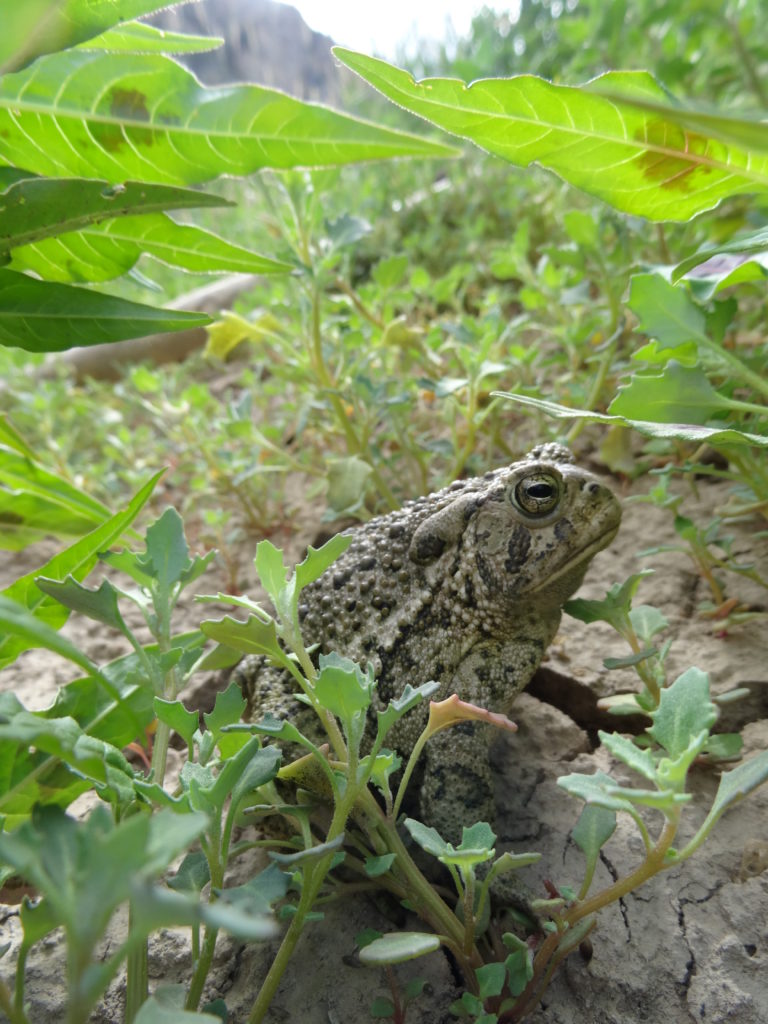
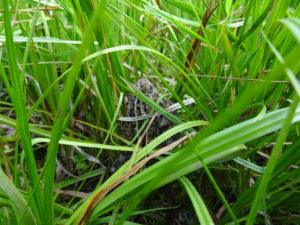
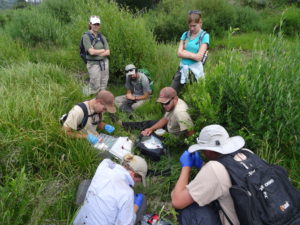
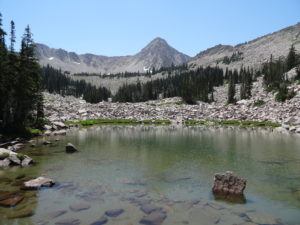
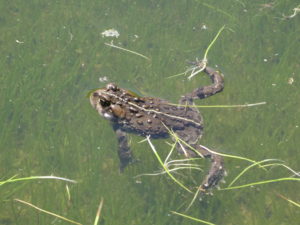
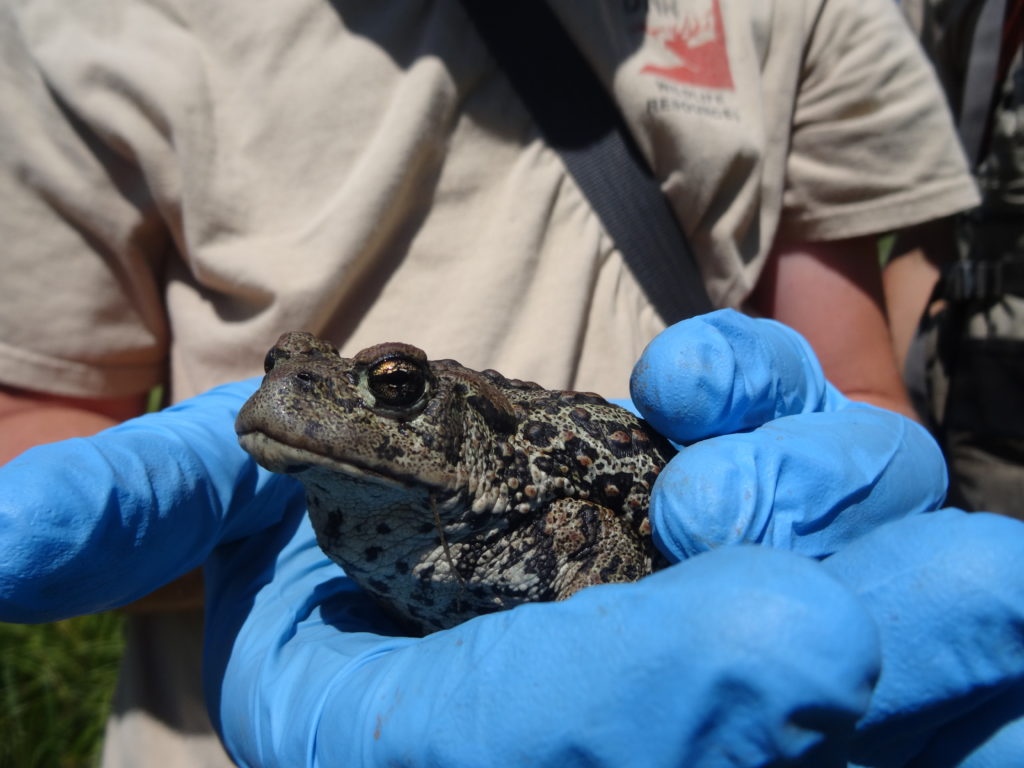
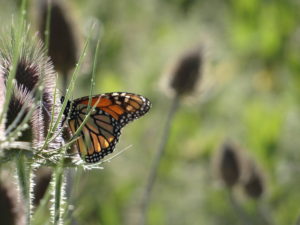
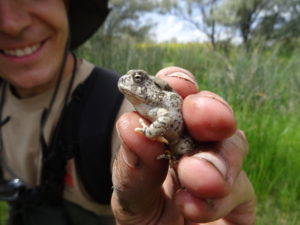
Recent Comments